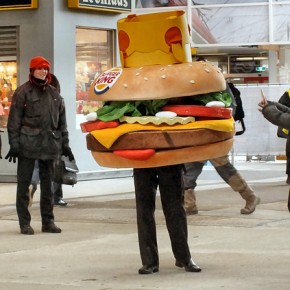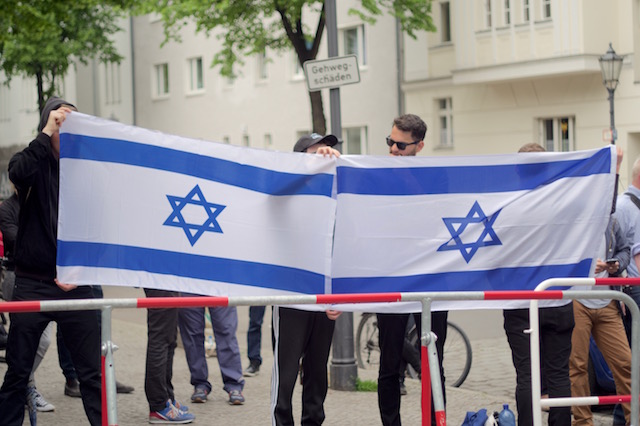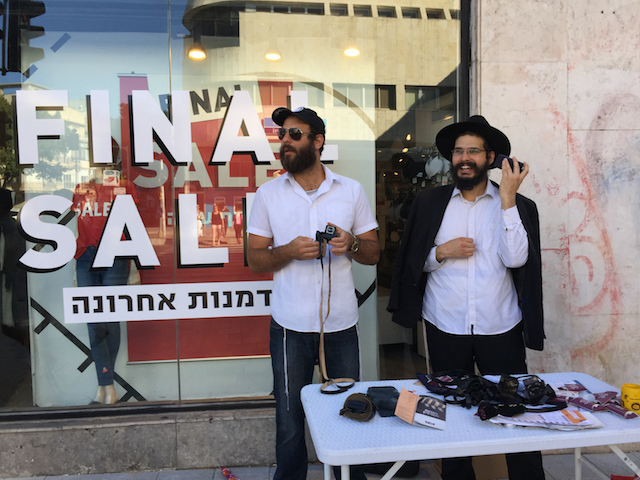It’s wise to be wary when politicians speak of children and imperative when they purport to speak for them. Invoking the innocent lives that need to be protected from harm, particularly from themselves, may be the most clichéd move in the playbook, but it also remains one of the most effective. Who better to represent than those who are not permitted to represent themselves?
From the perspective of actually existing children, this bait-and-switch can prove intensely frustrating. Long before they fully understand how and why the grown-ups around them are using them, young people know that they are being used. Because they are supposedly incapable of exercising their reason, they become reasons.
Imagine how much rage this rhetorical strategy can inspire when adults are treated as children. From the treatment of women and people of color back in the heyday of colonialism, when only white men had the right to represent themselves, to the sort meted out to dispossessed groups today, whose statelessness effectively consigns them to political immaturity, the metaphoric deployment of “innocence” has a disturbing history.
The IDF’s recent assault on Gaza has pushed the complexities of this dynamic into sharp relief. Because Gaza’s population is both densely packed and disproportionately youthful, it was inevitable that the maimed bodies of children would feature prominently in media coverage. This is one of the reasons Benjamin Netanyahu complained of “telegenic” casualties.
But it’s also the case that Israel has treated everyone in Gaza like children, incapable of behaving as rational political actors, an impression consistently reinforced by the ineffectual rocket attacks on Israel that helped prompt the invasion in the first place. Israeli officials acted as though this lack of “self-control” were itself sufficient reason to devastate the not-really-a-nation still struggling to recover from previous military actions.

Within this context, bringing young people to protests against Israel’s perceived ruthlessness makes a great deal of sense, reminding those in attendance not only that children are in danger, but that Gaza is being destroyed because all of its inhabitants are being treated as children, effectively wards of the very state that has been using and abusing them for decades.
The efforts made by Israel’s propagandists, both paid and volunteer, to highlight the problem of “human shields” was clearly meant to counter portrayals of Gaza as a place of innocent victims. Yet this move threatened to backfire, since it ascribed agency to the hostage-takers in this scenario. Seeing the rocket attacks as part of a coherent long-term strategy undermines the belief that Gaza is incapable of self-determination, implying that they constitute a form of political communication.
It must be noted that there is another factor to bear in mind when considering the presence of children like these at political demonstrations in Europe. From the PLO’s pre-Munich romance with the mainstream Left through the mounting anti-Israel sentiments demonstrated by progressives today, there is no denying that the Palestinian cause’s appeal has gone hand in hand with a patronizing impulse to speak for a people rendered politically speechless.
In other words, it isn’t just Israel that is subtly called to account by the sight of these children, but “white” Europe. For all the solidarity expressed towards the oppressed inhabitants of Gaza, the fact remains that Europeans of all political stripes have struggled mightily to be comfortable with true multiculturalism. Like the Mexican diaspora in the United States, Muslims in Europe continue to be treated as “pre-citizens”, even if they were born and raised there.
Yet as clever as the use of these children may be, there remains something unsavory about it. Because even if they stand for the spoken for, there is no denying that someone is implicitly speaking for them. Although they may have no conscious memories of this specific experience later in life, there’s a possibility that it will be merged with other childhood instances in which they perceived themselves, however dimly, as the instruments of someone else’s pain and pleasure.
Commentary by Charlie Bertsch. Photos courtesy of Joel Schalit.





